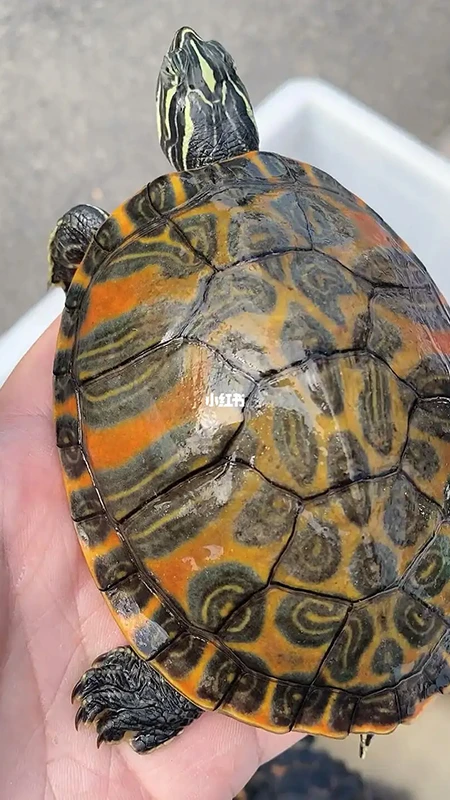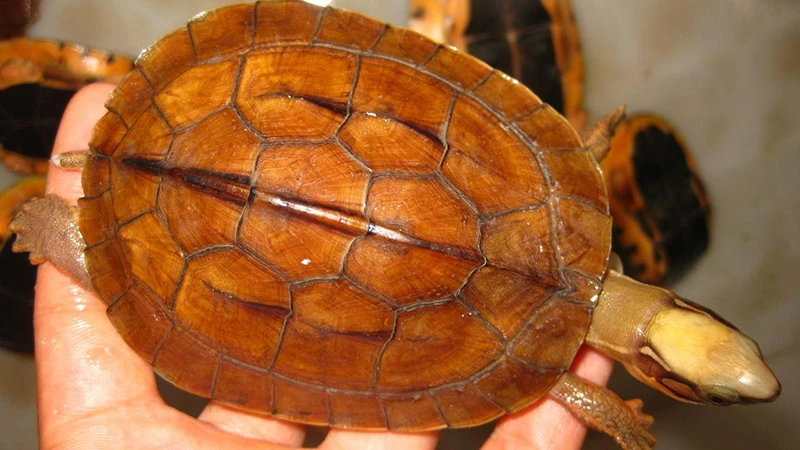Understanding the Appeal of Pet Turtles
When considering a pet, many individuals envision a playful dog or a cuddly cat. However, turtles present a unique alternative for those seeking a quiet, low-maintenance companion. Often described as calm and resilient creatures, turtles require minimal day-to-day attention compared to traditional pets. Their fascinating nature can offer not just companionship but also a sense of tranquility. Yet, to ensure the health and happiness of these shelled friends, potential turtle owners must invest time in understanding their specific care requirements.

Choosing the Right Turtle for You
The first step in turtle ownership is identifying which type of turtle suits your lifestyle. Turtles generally fall into two categories: aquatic and semi-aquatic. Aquatic turtles thrive in water environments, necessitating a sizable tank equipped with a basking area—often a large rock or platform where they can rest and soak up some sun.
Among the most popular pet turtles is the red-eared slider, scientifically known as Trachemys scripta elegans. Easily recognized by the distinctive red stripe behind its eyes, this species has become a staple in many households. Known for its adaptability and strong survival instincts, the red-eared slider enjoys a varied diet and is relatively easy to care for. However, it's essential to remember that these turtles are semi-aquatic and can quickly reproduce, which means releasing them into the wild can disrupt local ecosystems. Understanding the specific needs of your chosen species is crucial for ensuring a healthy habitat.
Crafting a Comfortable Home
Once you have chosen your turtle, it's time to create a suitable living environment. The size and type of habitat will depend on the species, but a clean, adequately sized tank is essential. Ensure that the enclosure is disinfected and safe for your new pet. A mix of clean, large stones can provide the necessary basking spots. If you have an eye for aesthetics, consider adding fine sand or small pebbles to enhance the enclosure's appearance.
It is also essential to invest in a good filtration system to keep the water clean, as turtles can be messy eaters. Providing adequate lighting and heating is also crucial; basking lights will help maintain a comfortable temperature for your turtle. Be diligent about changing the water regularly and allowing it to sit for a day or two to remove any residual chlorine before introducing it to your turtle's home.
Nurturing Your Bond
Unlike more sociable pets, turtles may not actively seek out interaction with their owners. They won’t chase after you for playtime or curl up in your lap. Instead, turtles thrive on patience and gentle care. Watching them glide through the water or bask in the sunlight can be a meditative experience, bringing peace to your life.
The best way to interact with your turtle is through consistent care and gentle observation. Spend time near the tank, speak softly to your turtle during feeding, and enjoy watching its natural behaviors. While they may take time to recognize you as their caretaker, turtles do possess a level of awareness and can develop a bond over time.
However, avoid frequently removing your turtle from its habitat. While it might be tempting to show off your pet or engage in play, such actions can expose them to pathogens or temperature changes that could jeopardize their health. Keeping interactions within their environment fosters a safer, more comfortable experience for your turtle.
Final Thoughts on Turtle Care
Caring for a turtle can be a rewarding endeavor for those looking for a pet that embodies tranquility and resilience. By choosing the right species, creating a nurturing environment, and engaging with your turtle in gentle ways, you can forge a fulfilling relationship with these remarkable creatures. With their calming presence and unique charm, turtles can bring a sense of peace and joy to your home, proving that sometimes the quietest companions have the most profound impact.



